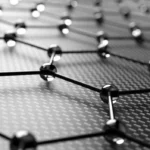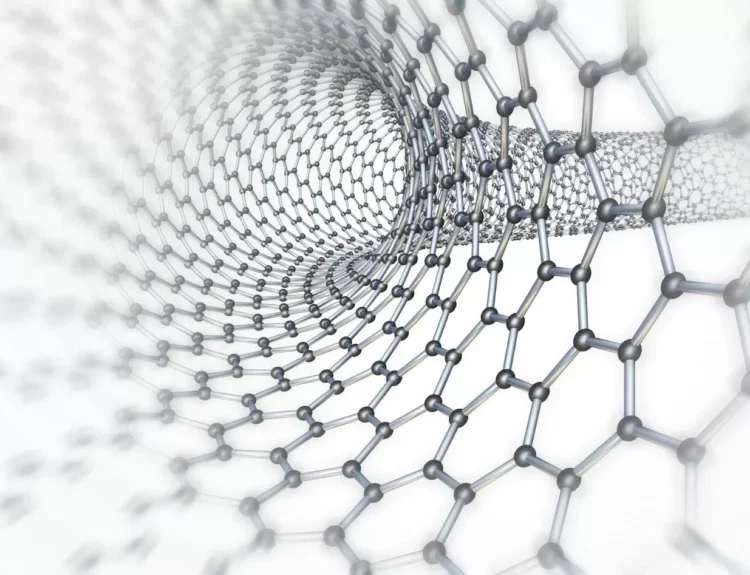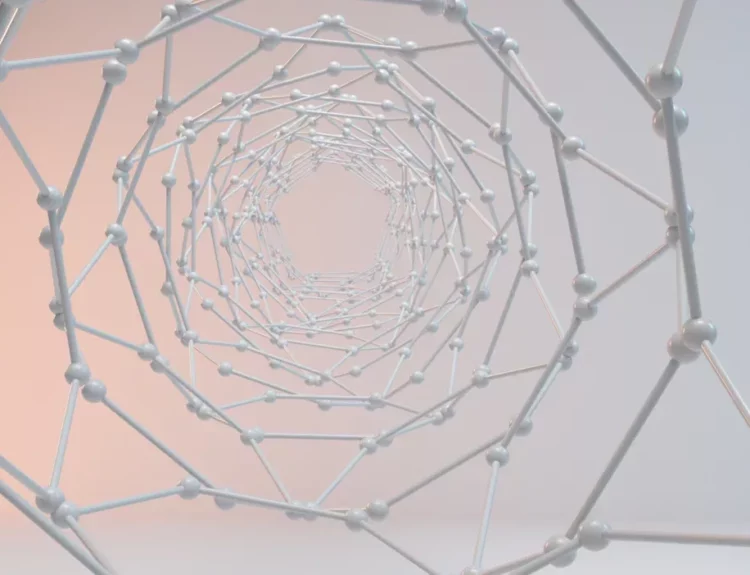The quest for efficient energy sources has led scientists to explore the potential of various materials in solar technology. Among these, Titanium Dioxide (TiO2) nanoparticles have emerged as a significant player in photovoltaics, particularly in enhancing the performance of solar cells.
The Essence of Titanium Dioxide Nanoparticles
Titanium Dioxide, known in its mineral form as titania, is a semiconductor widely recognized for its stability, non-toxicity, and excellent photovoltaic properties. TiO2 exhibits unique properties advantageous for photovoltaic applications when engineered at the nanoscale. These nanoparticles can be synthesized in various forms, including anatase, rutile, and brookite, each with distinct crystal structures and photovoltaic potentials.
Role in Dye-Sensitized Solar Cells (DSSCs)
One of the most promising applications of TiO2 nanoparticles is in Dye-Sensitized Solar Cells (DSSCs). These solar cells utilize a semiconductor material, typically TiO2, coated with a light-absorbing dye. Upon exposure to sunlight, the dye molecules get excited and inject electrons into the TiO2, generating an electric current. The unique properties of TiO2 nanoparticles, such as their high surface area and ability to scatter light, enhance the efficiency of electron transfer and light absorption, leading to improved solar cell performance.
Advantages in Photovoltaics
TiO2 nanoparticles offer several benefits in photovoltaic applications:
- Enhanced Light Harvesting: Due to their small size and high surface area, TiO2 nanoparticles can scatter and absorb light more effectively, increasing the efficiency of solar cells.
- Improved Electron Transport: The nanoscale structure of TiO2 facilitates faster electron transport, reducing energy loss and boosting the cell’s overall efficiency.
- Stability and Durability: TiO2 is known for its chemical stability and durability, making it an ideal material for long-lasting solar cells.
- Cost-Effectiveness: Being abundant and easy to synthesize, TiO2 nanoparticles are a cost-effective option for large-scale production of solar cells.
Future Prospects and Challenges
Integrating TiO2 nanoparticles into photovoltaic systems holds great promise for the future of solar energy. Ongoing research points to optimize the properties of these nanoparticles, such as size, shape, and crystal structure, to enhance solar cell performance further. However, challenges remain, including the need for more efficient dye molecules and the development of scalable production methods for TiO2-based solar cells.
Conclusion
Titanium Dioxide nanoparticles stand at the forefront of photovoltaic research, offering a pathway to more efficient, durable, and cost-effective solar cells. As technology advances, TiO2-based photovoltaics could participate in the transition to renewable energy sources, harnessing the sun’s power to meet the world’s growing energy demands.
To buy Titanium Dioxide nanoparticles, please follow the link.







